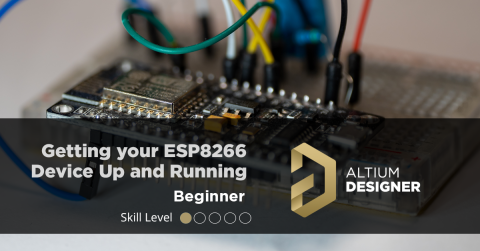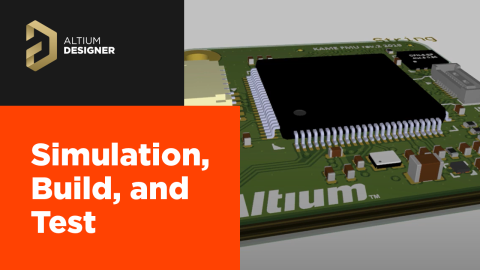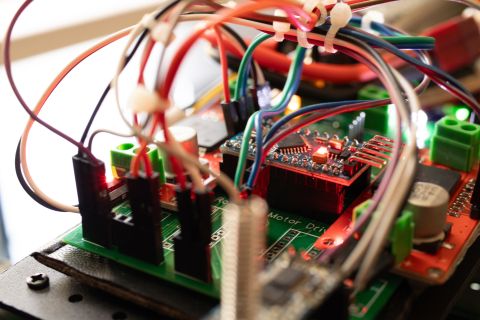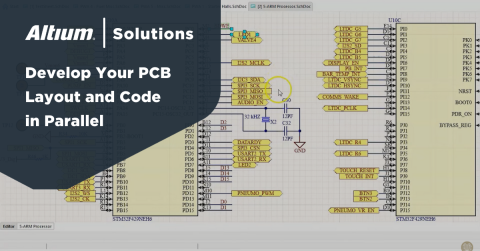Necessary Features In a System Reset IC
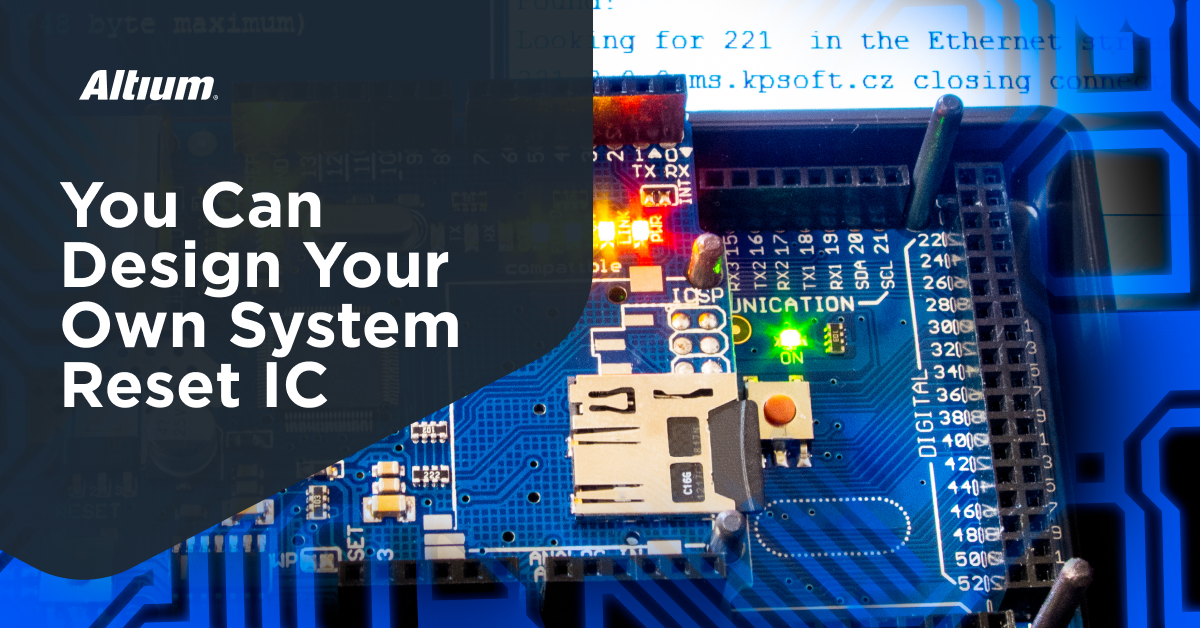
Performing system reset and startup goes beyond power sequencing, which is only one of the important functions for system bring-up. System reset ICs can implement a series of monitoring and toggling tasks, including supervising power rails, clearing logic states, and monitoring important signals while a system comes online. This kind of controlled bring-up is an important part of application initialization and controlled power distribution that prevents damage to components.
Unfortunately, system reset functions can get quite complex with many off-the-shelf components because most components do not consolidate all the required features onto a single die. Instead, a microcontroller and dedicated supervisor IC might be needed with some analog circuitry to fully monitor and execute system bring-up tasks. But there's another approach, involving a programmable mixed-signal circuit which can monitor both analog and digital signals while executing logic functions internally.
System Supervisor Components and Methods
I have seen companies implement four high-level methods for system reset:
- Using a dedicated supervisor or reset IC
- Using fully digital with programming in an FPGA or MCU
- Using analog circuits to monitor signals and power rails
- Using custom logic in a programmable ASIC, such as a CPLD or programmable mixed-signal ASIC
The system reset IC’s role is to remain on perpetually and only reset the system when specific logical conditions are met. Due to the combination of sensing and logic, we get several options for system reset IC implementation outlined above.
Supervisor or System Reset ICs
System reset ICs and supervisor ICs are similar in that they can monitor a rail in a design and toggle an output to a particular logic level. This output can then assert a reset pin on a microcontroller or an enable pin on another ASIC, essentially resetting or turning off the system. Oftentimes, a system reset IC is monitoring a voltage rail and only asserts once the rail drops below a predefined threshold. In this way, the reset IC acts like a comparator, but often with integrated circuit protection and the ability to read higher voltages than its asserted output.
Simple block diagram for a system reset IC.
GP-block1.png
Using a Microcontroller For System Reset
A microcontroller can also be used as a system reset IC. For example, code running on a microcontroller can monitor multiple pins, and based on the logic state on those pins, the microcontroller can trigger a system reset on a host processor. This means your system essentially has two processors: one large processor for the main application, and a much smaller microcontroller for the system reset function. An FPGA could also be used as a system reset controller, although there may be many unused I/O, which makes this option less desirable.
C-style pseudocode for a small microcontroller in a system reset IC application is shown below.
// Pseudocode for a microcontroller acting as a system reset IC #define RESET_OUT_PIN P0 #define MONITOR_PIN_1 P1 #define MONITOR_PIN_2 P2 #define MONITOR_PIN_3 P3 function setup() { configurePinAsOutput(RESET_OUT_PIN); configurePinAsInput(MONITOR_PIN_1); configurePinAsInput(MONITOR_PIN_2); configurePinAsInput(MONITOR_PIN_3); // Ensure reset line is deasserted at startup writePin(RESET_OUT_PIN, HIGH); // Assume HIGH = no reset } function loop() { bool cond1 = readPin(MONITOR_PIN_1); bool cond2 = readPin(MONITOR_PIN_2); bool cond3 = readPin(MONITOR_PIN_3); // Check reset conditions if ((cond1 == LOW) || (cond2 == LOW) || (cond3 == HIGH)) { triggerSystemReset(); } delay(10); } function triggerSystemReset() { writePin(RESET_OUT_PIN, LOW); delay(100); writePin(RESET_OUT_PIN, HIGH); } |
Very small microcontrollers like an ATTiny are good options for system reset controller implementation. However, these small microcontrollers can only operate on digital inputs from elsewhere in the system. They typically do not have a pin assigned to an ADC, and they almost never include an analog comparator. This means voltage rail monitoring or analog signal monitoring as a condition for system reset is not possible. These would need to be added as external components, or an all-analog approach would be needed.
Analog Circuitry For System Reset
It is possible to take an all-analog approach for system reset control rather than using an ASIC. This approach, with analog circuitry for sensing and toggling a system reset pin, could be used when multiple analog signals need to be monitored to determine the system reset conditions.
There are several analog circuits which would be built into an analog front end for determining whether to reset a system:
- Filter circuits
- Analog comparators
- Switch or latch circuits
- Amplifiers
These are just a few examples, but they are commonly used for signal conditioning and detection above or below a reference threshold. Ultimately, the main reset switch for a system host processor can be toggled with a MOSFET based on the analog signal measurements.
Analog circuitry is great for sensing and establishing reset conditions based only on analog signals, but it cannot handle digital data. The circuitry would need to be paired with a microcontroller, and often an ADC, in order to integrate digital processing. A better approach is a mixed-signal processor that includes a customizable analog front end.
Mixed-Signal Processing For System Reset
The mixed-signal processor approach is superior in many applications that require sensing both analog signals and reading logic outputs from other components to establish the conditions for system reset. MIxed-signal based system reset works as follows:
- Analog inputs are read with an ADC or comparator
- External components pass digital signals to I/Os
- Digital and comparator/ADC inputs are passed to an LUT
- Based on LUT result, system reset may be triggered
Additional circuits like D-flip-flops, counters, and delay timers could be used to condition inputs and trigger a system reset pin.
Block diagram for the SLG51003 mixed-signal processor from Renesas.
With multiple LUTs embedded in the mixed-signal processor macrocells, you essentially have a CPLD-like device that can accept analog inputs and redefine them as logical conditions. This is a powerful way to build system reset ICs, zero-cross switching controllers, power sequencers, watchdog timers, and much more.
The mixed-signal processor components and developer tools in Renesas GreenPAK give designers the ability to develop fully custom digital, analog, or mixed signal system reset ICs. These programmable mixed-signal processors allow consolidation of functions found in system reset circuitry, allowing for smaller, more efficient systems. To learn more, take a look at the GreenPAK components and reference examples.
Whether you need to build reliable power electronics or advanced digital systems, use the complete set of PCB design features and world-class CAD tools offered by Altium to implement your GreenPAK solutions. Altium provides the world’s premier electronic product development platform, complete with the industry’s best PCB design tools and cross-disciplinary collaboration features for advanced design teams. Contact an expert at Altium today!


